From as early as the twelfth century, the city of Westminster served as the principal centre of government and administration for the English monarchy. Not only is it the site of the Palace of Westminster, the current version of which serves as the Houses of Parliament, but it was also the location of Westminster Abbey, a major church with close ties to the royal family. Throughout the thirteenth and fourteenth centuries, both the palace and abbey were focal points for the king’s architectural patronage, including several buildings with innovative vault designs.
Westminster Abbey
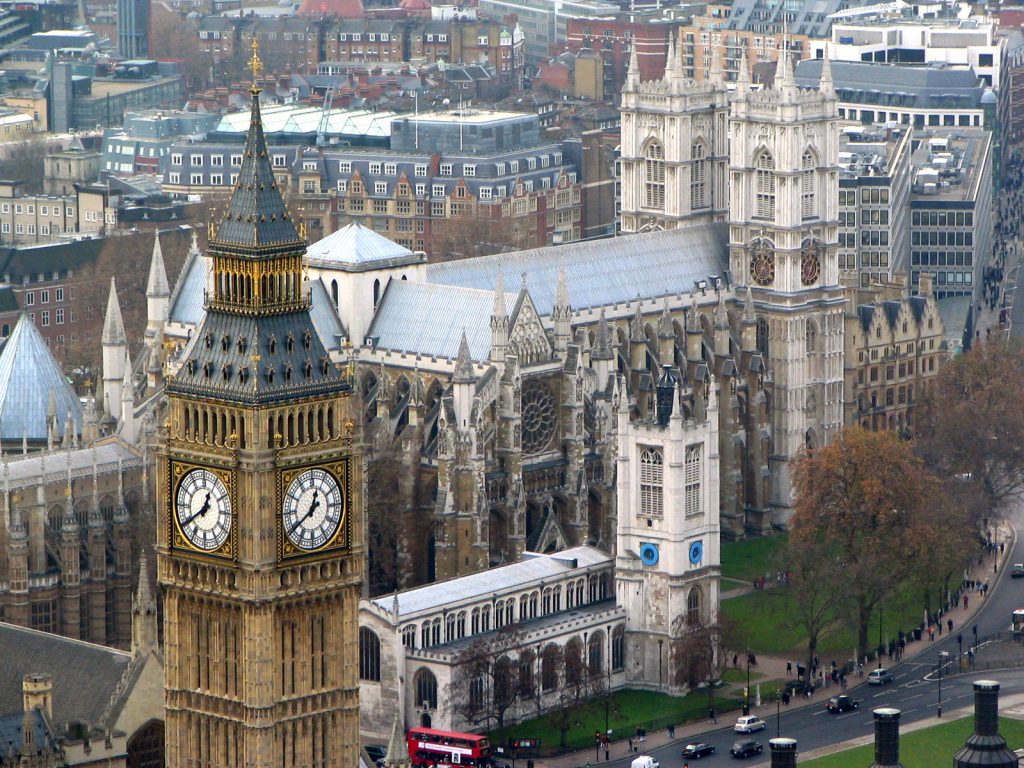
Westminster Abbey was founded as a Benedictine monastery in c. 970. In 1042, King Edward the Confessor (canonised 1161) began a project to rebuild the church on a far larger scale, possibly with the intention of making it his burial site. From as early as the accessions of Harold Godwinson and William the Conqueror in 1066, the abbey church was the principal coronation site for the kings of England.
In 1220 King Henry III laid the foundation stone for a new Lady Chapel at the west end of the building. However, his involvement in the chapel was limited until the early 1240s, whereupon the project was expanded into a far more ambitious reconstruction of the entire building. From c. 1245 onwards work began on the choir under Master Henry of Reyns, whose designs reveal a strong influence from buildings in northern France. By 1253 he had been replaced by Master John of Gloucester, who was responsible for completing the transept and starting work on the nave.
Both the choir and transept are covered in a simple quadripartite vault with a rectangular ground plan, its most notable feature being the organisation of its masonry. The stones of the webs are laid in courses perpendicular to the orientation of the ribs, an unusual approach to medieval stonelaying. John of Gloucester also appears to have been responsible for starting work on the east walk of the cloister and the adjoining Chapter House, the latter of which had an octagonal ground plan which was vaulted using similar techniques to those visible in the transept. By the time that Master Robert of Beverly took over the works in c. 1259, the Chapter House, the four northern bays of the cloister’s east walk and the lower walls of the nave’s eastern bays were probably completed, though not the vaults above.
The design of the vaulting in the first five eastern bays of the nave (c. 1259-72) is markedly different to that of the choir and transept. It consists of a tierceron vault similar in design to that of the nave at Lincoln Cathedral. Progress on the chapel slowed after the death of Henry III in 1272 and a major fire in 1298 appears to have resulted in a long hiatus in construction. In 1335 a new fabric fund was established, largely consisting of repairs to remaining fabric of the partially demolished eleventh-century nave. From 1344-65 works on the nave ceased and were instead diverted to completing the south and west walks of the cloister under Masters Walter Bole and John Palterton.
Construction of the nave resumed in 1375, but the progress was intermittent. In 1387-88 the remaining parts of the old nave were demolished, with the construction of the outer walls and piers of the extant bays continuing up until c. 1404 under Master Henry Yevele. In 1413 work resumed at the level of the galleries, reaching the clerestorey by the early 1420s. Work slowed down considerably after 1422, but resumed on a large scale in 1468, with the majority of the nave being roofed by the end of 1478. The four western bays of the nave were not vaulted until 1482-90, following the same design as those of the five eastern bays, but with a different arrangement of masonry in the webs. The remaining two bays remained unvaulted until 1504-06, finally joining the old work to the new.
Whilst the core of the walls in the west façade date from the twelfth century, the recladding of the lower parts of the western towers was begun during the 1340s. Further works continued throughout the fifteenth century, with the great west window being completed by 1495 and the high vault above by 1501-02. The western towers above were constructed in several distinct phases, beginning 1513-16, resuming 1528-34 and only being completed during the seventeenth and eighteenth centuries.
The abbey and its surrounding buildings were extensively renovated over the course of the nineteenth century, including many minor changes to extant buildings. Amongst the most notable is the chapter house, the vaulting of which was entirely rebuilt by George Gilbert Scott from 1866-72.
Palace of Westminster
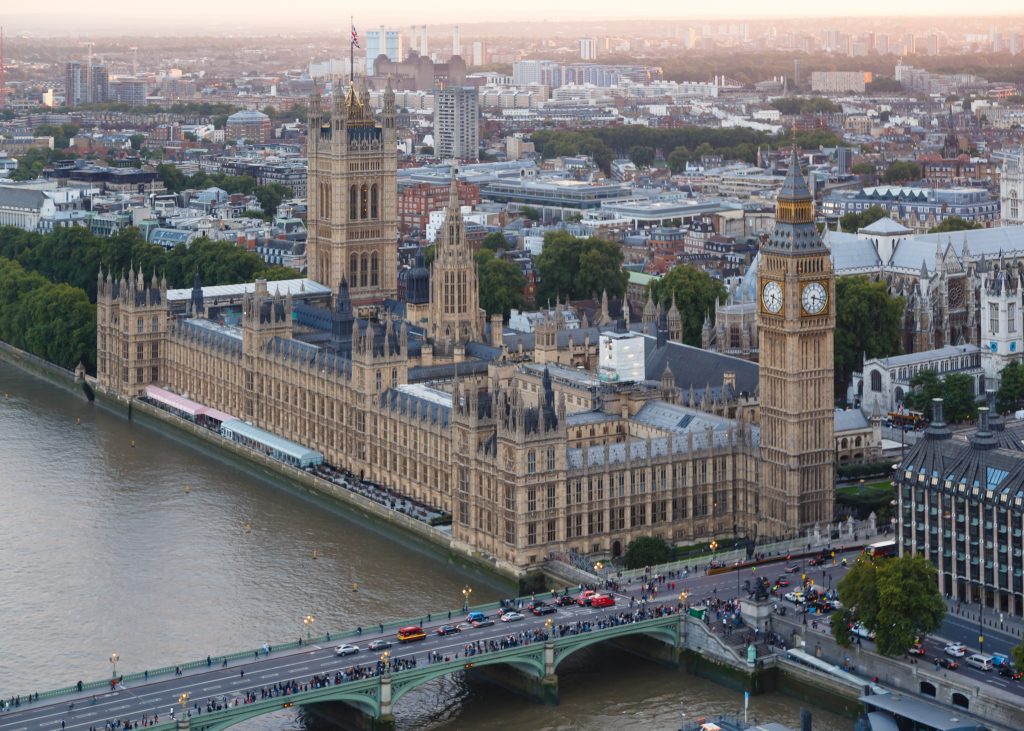
The Palace of Westminster had been one of the primary residences of Edward the Confessor and continued to be used following the Norman Conquest in 1066. It was during the twelfth century that the site started to be used as a centre for royal governance, most notably during the reign of Henry II. Though the current Palace of Westminster was almost entirely rebuilt after the fire of 1834, it preserves much of the character of the original medieval building, consisting of a walled compound containing a series of enclosed courtyards connecting together larger structures with specific ceremonial and domestic functions.
St Stephen’s Chapel (St Mary Undercroft)
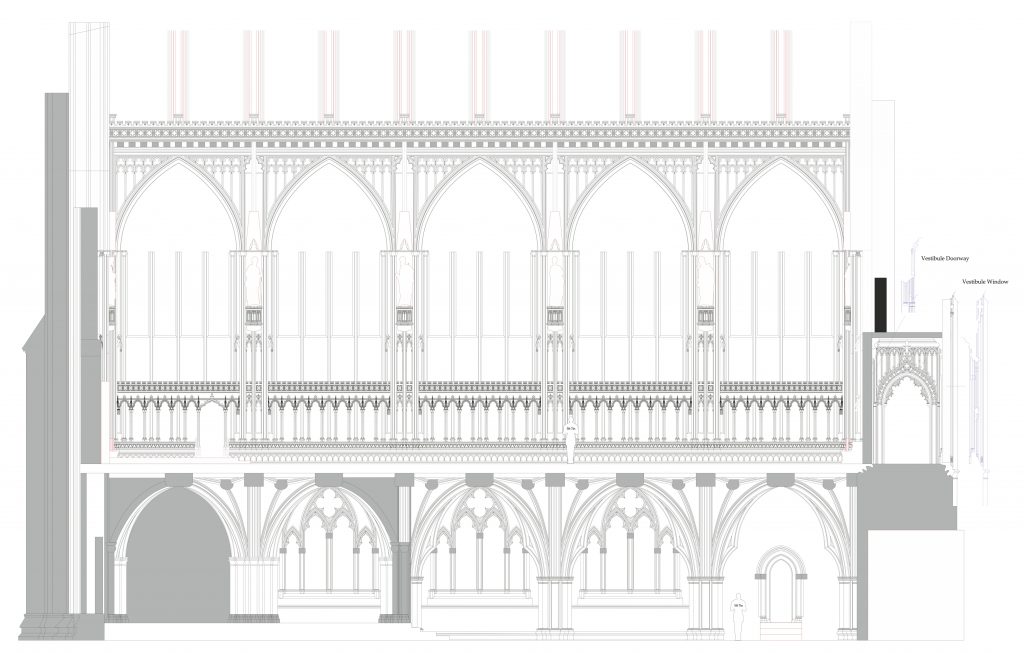
St Stephen’s Chapel was the foremost place of worship within the Palace of Westminster, originally intended to serve as the king’s personal chapel. The earliest evidence for the existence of the chapel appears in 1227, when money was set aside for conducting repairs to the building. Further works were completed throughout the reign of Henry III, including an extensive decorative programme. However, the old chapel was demolished in 1292 to make way for a far more ambitious replacement. Construction of this two-storey chapel was prolonged, often being disrupted by political events and financial circumstances. However the majority of the fabric was completed by 1348, when it was founded as a collegiate institution of secular canons. Whereas the upper chapel was vaulted in wood, the lower chapel was vaulted in stone using a simple design of liernes and tiercerons.
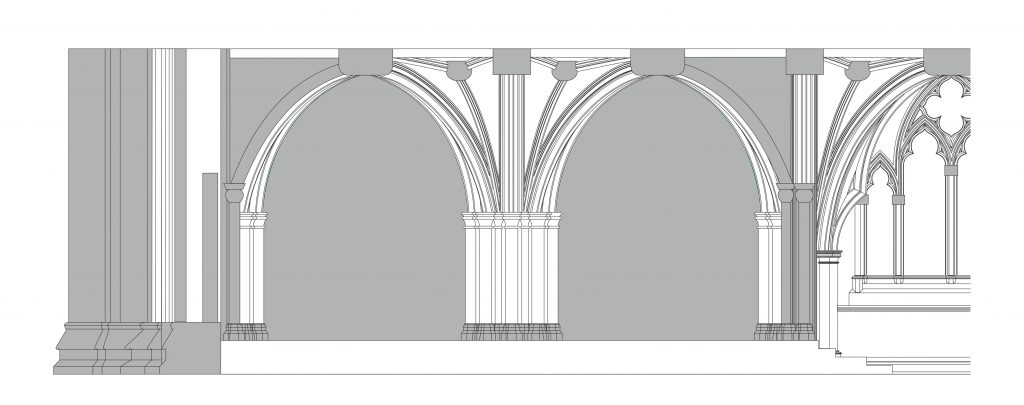
Following the dissolution of the college in 1547, the building was repurposed as the seat for the House of Commons. Further modifications took place during the seventeenth century, most notably in 1692 when Christopher Wren removed the fourteenth-century clerestory and roof and inserted a series of wooden partitions into the interior. Further changes took place in 1800-06 under James Wyatt, who appears to have made modifications to the lower chapel vault. The building was heavily damaged during the fire of 1834 and was ultimately largely demolished, with the lower chapel (now called St Mary Undercroft) being almost entirely replaced under the architects Charles and Edmund Barry (c. 1837-60).
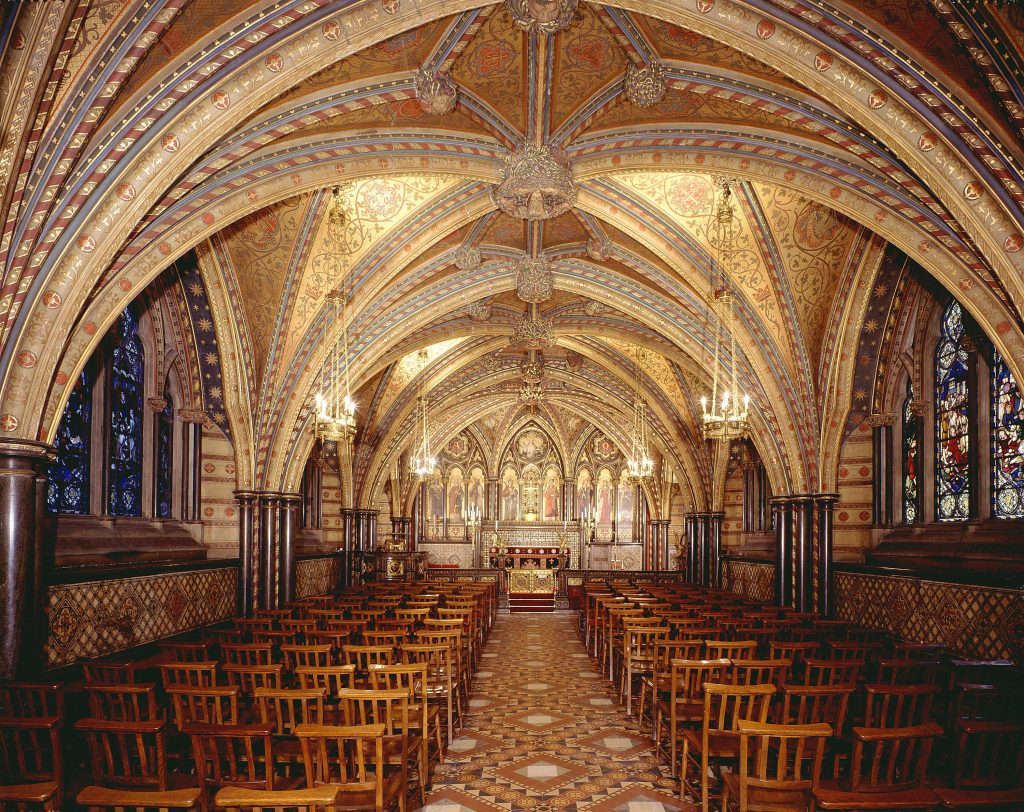
Further Reading
- Binski, P. (1995). Westminster Abbey and the Plantagenets. New Haven and London: Paul Mellon and Yale University Press.
- Branner, R., (1964). ‘Westminster Abbey and the French Court Style’, Journal of the Society of Architectural Historians, 23, pp. 3-18.
- Fernie, E. (2009) ‘Edward the Confessor’s Westminster Abbey’, in Mortimer, R. (ed.) Edward the Confessor: The Man and the Legend. Woodbridge: Boydell, pp. 139-50.
- Harvey, B. (2003) ‘The Monks of Westminster and the Old Lady Chapel’, in Tatton-Brown, T. and Mortimer, R. (ed.) Westminster Abbey: The Lady Chapel of Henry VII. Woodbridge: Boydell, pp. 5-32.
- Heyman, J. (2003) ‘The Structure of the High Vault of Henry VII’s Chapel’, in Tatton-Brown, T. and Mortimer, R. (ed.) Westminster Abbey: The Lady Chapel of Henry VII. Woodbridge: Boydell, pp. 219-226.
- Leedy, W. (1975). ‘The Design of the Vaulting of Henry VII’s Chapel, Westminster: A Reappraisal’, Architectural History, pp. 18, 5-11, 89-96.
- Lethaby, W. (1906) Westminster Abbey and the King’s Craftsmen. London: Duckworth.
- Lethaby, W. (1925) Westminster Abbey Re-Examined. London: Duckworth.
- Munby, Julian (2003) ‘The Roofs of Henry VII’s Chapel’, in Tatton-Brown, T. and Mortimer, R. (ed.) Westminster Abbey: The Lady Chapel of Henry VII. Woodbridge: Boydell, pp. 215-218.
- Howgrave-Graham, R. (1943) ‘Westminster Abbey: Various Bosses, Capitals, and Corbels of the Thirteenth Century’, Journal of the British Archaeological Association, 8, pp. 1-4.
- Rackham, R. (1909-10) ‘The Nave of Westminster’, Proceedings of the British Academy, 4, pp. 35-95.
- Reynolds, A. (2003) ‘An Archaeological Survey of the Vaults of Henry VII’s Chapel’, in Tatton-Brown, T. and Mortimer, R. (ed.) Westminster Abbey: The Lady Chapel of Henry VII. Woodbridge: Boydell, pp. 205-214.
- Rodwell, R. and Mortimer, R. (2010) Westminster Abbey Chapter House. The History, Art and Architecture of ‘a chapter house beyond compare’. London: Society of Antiquaries.
- Rosser, G. (1989) Medieval Westminster, 1200-1540. Oxford: Clarendon.
- Tatton-Brown, T. (1995) ‘Westminster Abbey: Archaeological Recording at the West End of the Church’, The Antiquaries Journal, 75, pp. 171-88.
- Tatton-Brown, T. (2003) ‘The Building History of the Lady Chapels’, in Tatton-Brown, T. and Mortimer, R. (ed.) Westminster Abbey: The Lady Chapel of Henry VII. Woodbridge: Boydell, pp. 189-204.
- Tatton-Brown, T. and Mortimer, R. (ed.) (2003) Westminster Abbey: The Lady Chapel of Henry VII. Woodbridge: Boydell.
- Wilson, C. (1986) ‘The Gothic Abbey Church’, in Wilson, C., Tudor-Craig, P., Physick, J. and Gem, R. (ed.) The New Bell’s Cathedral Guides: Westminster Abbey. London: Bell & Hyman, pp. 22-69.
- Wilson, C. (2003) ‘The Functional Design of Henry VII’s Chapel: A Reconstruction’, in Tatton-Brown, T. and Mortimer, R. (ed.) Westminster Abbey: The Lady Chapel of Henry VII. Woodbridge: Boydell, pp. 141-88.
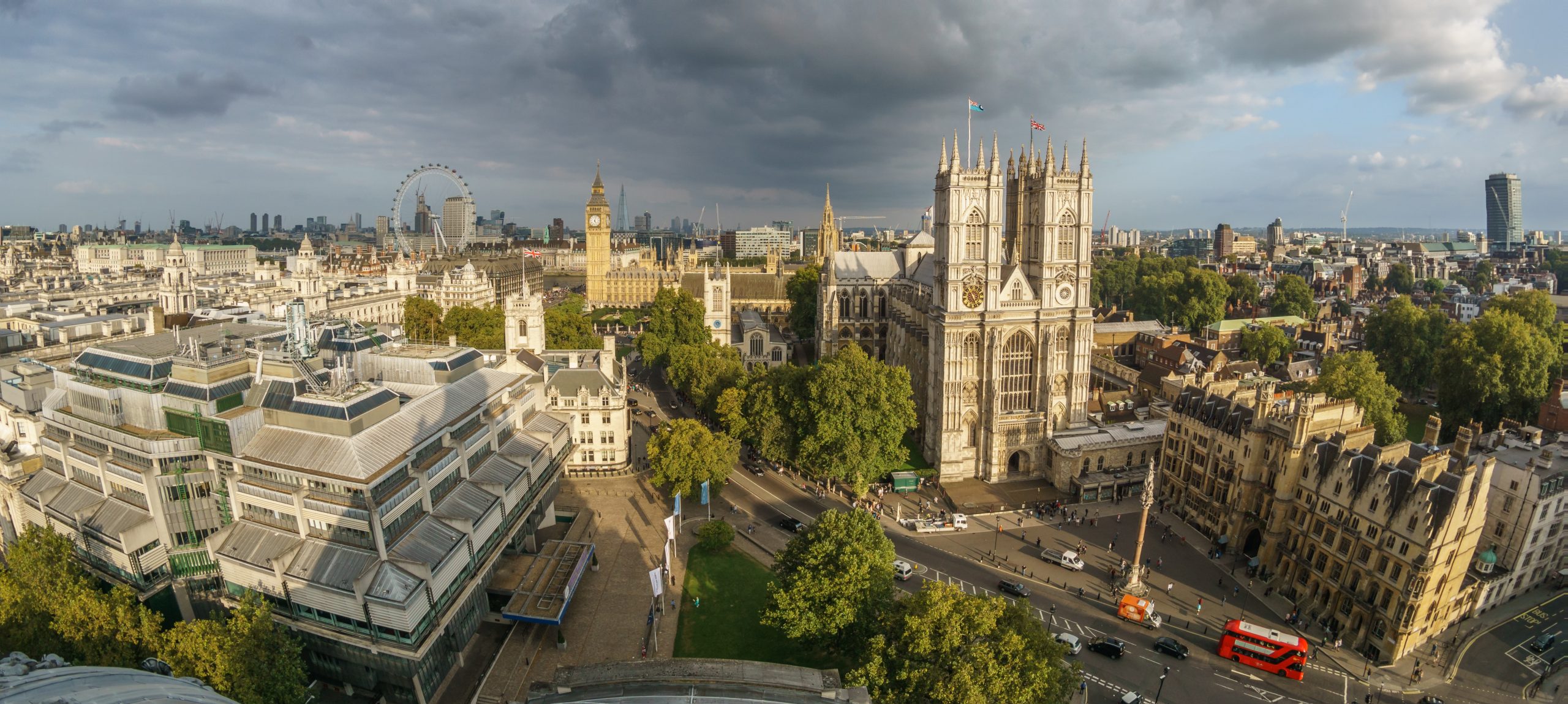

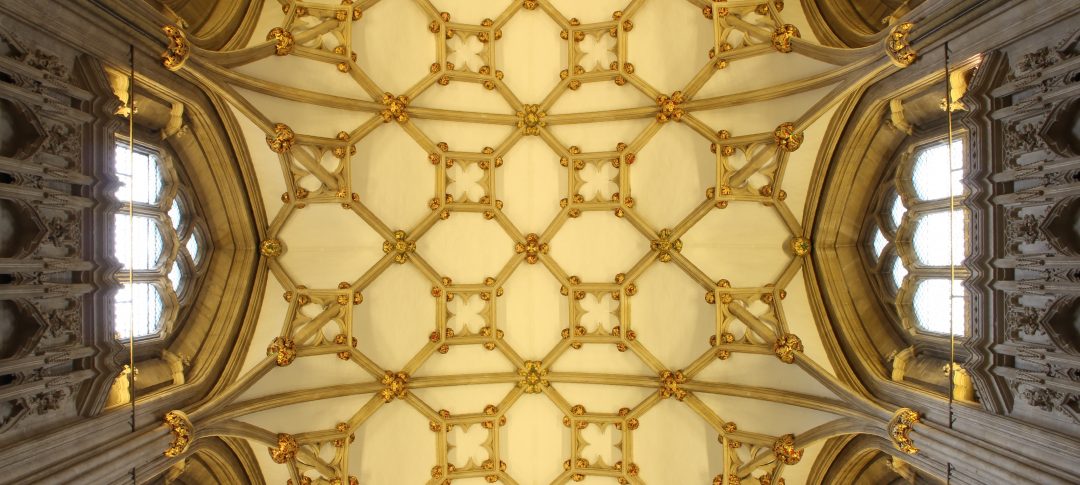
1 Comment
[…] Find out more about the history of the site Find out more about our digital surveying methods […]